How to Relieve Muscle Soreness

You probably know the feeling after a workout is coming long before it ever gets there. It’s muscle soreness.
After Jeff Hansen, a busy attorney in his early 40s, had his second child, Jeff found it harder and harder to make it to the gym. Eventually he just couldn’t get there.
Finally after the baby was about 6 months old, Hansen decided he had better get back to working out. But after the first workout, the soreness was more than he ever remembered when he woke in the morning. The truth is, he’s not alone. Millions begin an exercise program almost everyday only to feel tired, stiff and sore the next day.
The cycle of going weeks without exercising, and finally having the chance to hit the gym and work off those extra pounds goes great but doesn’t feel great the day after. It leaves a lot of people asking how to relieve muscle soreness.
Even working all the major muscle groups, some people barely break a sweat when they return to the gym.
Unfortunately, by the time they roll out of bed the next morning, they can barely move.
Muscle soreness is incredibly normal after an intense workout or even a mild workout if you haven’t done so in an extended period of time. It’s caused by tiny tears in the muscles, which then send signals to your body to build bigger, stronger muscles than ever before.
However, just because it’s normal doesn’t mean that you have to live with the soreness. There are steps you can take to limit and relieve muscle soreness.
Massage the Area
A post-workout massage is an excellent way to reduce pain and help muscles to recover, whether you’re a professional athlete training for a big game or a weekend warrior going through your “trial by fire” phase in the gym.
In a unique study published in Science Translational Medicine, researchers discovered exactly what happens to a muscle when a professional masseur goes to work. Participants were asked to exercise vigorously to the point of exhaustion, and then one leg received a massage while the other was left to recover on its own. Immediately after the massage, researchers biopsied the thigh muscles in each leg and the results were rather surprising.
Massaging the muscle reduce the production of compounds known as Cytokines, which trigger inflammation in the body. Additionally, the massage stimulated mitochondria, which coverts glucose into the energy necessary for cell function and repair.
According to Dr. mark A. Tarnopolsky, “There’s some theoretical concern that there is a maladaptive response in the long run if you’re constantly suppressing inflammation with drugs,” but “with massage, you can have your cake and eat it too—massage can suppress inflammation and actually enhance cell recovery.”
Grab an Ice Pack or Jump in an Ice Bath
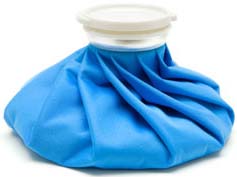 When dealing with acute injuries and muscle soreness, Cold therapy with ice is one of the best treatments available – and it’s cheap. Ice acts as a vaso-constrictor, causing the blood vessels to narrow, and limiting internal bleeding at the injury site. Consequently, it reduces swelling and pain by inhibiting inflammation and numbing the area.
When dealing with acute injuries and muscle soreness, Cold therapy with ice is one of the best treatments available – and it’s cheap. Ice acts as a vaso-constrictor, causing the blood vessels to narrow, and limiting internal bleeding at the injury site. Consequently, it reduces swelling and pain by inhibiting inflammation and numbing the area.
To ice an injury, it’s helpful to wrap ice in a thin towel and place it on the sore muscle for about 10 minutes at a time. This offer temporary relief, however, and you may have to repeat the process multiple times a day for several days.
Note: If you want to continue icing the area, allow your skin temperature to return to normal before icing it a second or third time.
Ice baths have been popular for years because of the relief they offer. A cool bath, generally a temperature between 50 degrees F and 59 degrees F, can help the muscle repair faster and decrease joint pain. While you may feel like it’s torture, your body gets serious benefits from a 5 to 20 minute soak in an ice bath following a strenuous workout or physical activity.
Many people note a ice bath helps them get better sleep, another key to relieving muscle soreness and stiffness.
Keep Up on Your Nutrition
What you put into your tank before your workout and what you consume after your workout can have a huge impact on overall muscle soreness. Adequate nutrition ensures that your muscles have the basic building blocks for rebuilding damaged muscle cells and encouraging the growth of muscle fibers.
In a study conducted by the Penn State University, a group of athletes were asked to either rolled-oats cereal (with moderate-glycemic levels) or puffed-rice cereal (high-glycemic) before a stationary cycling test. Although both groups consumed 75 grams of total carbs, those who ate the rolled oats were able to cycle significantly longer than those who did not.
And what about after exercise?
Following exercise, the body’s ability to synthesize glycogen and protein is nearly doubled its normal rate due to heightened insulin receptivity in the muscle cells (exercise physiologists sometimes refer to this effect as “the muscle recovery window”). Consequently, experts recommend consuming 10-20 percent of your daily carbohydrates and protein intakes within the first two hours after exercise, as well as staying properly hydrated (to reduce the risk of electrolyte imbalance).
Wait it Out with Moderate Exercise and Stretching
While you’ll definitely want to continue gently stretching and working the sore muscle with moderate exercise, sometimes it’s best to wait out the pain and give your body a chance to recover rather than pushing ahead to your next intense workout.
According to experts at WebMD, “Overtraining depletes our energy reserves, breaks down muscle, and eventually makes us weaker, not stronger. Overdoing the workouts also suppresses the immune system, which in turn reduces our resistance to bacterial and viral invasion.”
Although we can repeat the benefits of exercise until we’re blue in the face, sometimes it can feel as though there is no compensation for the agonizing pain of muscle soreness. Hopefully, with these tips and tricks, you can dodge the delayed muscle soreness as much as possible. After consistent training and exercise, your body will adapt to your workout routine and your muscle soreness dramatically lessen.
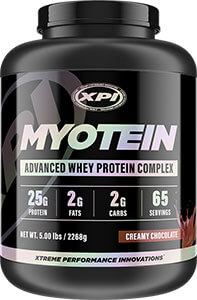
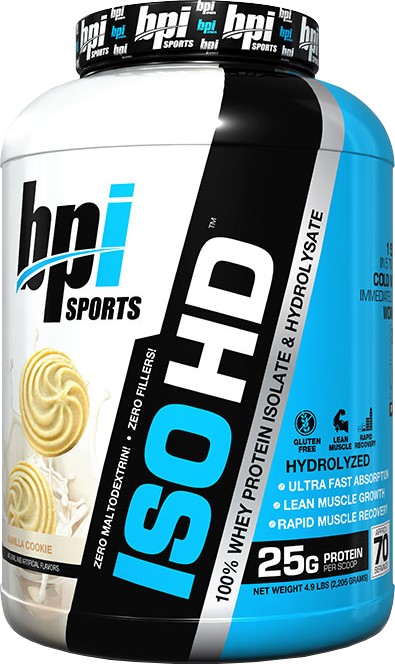
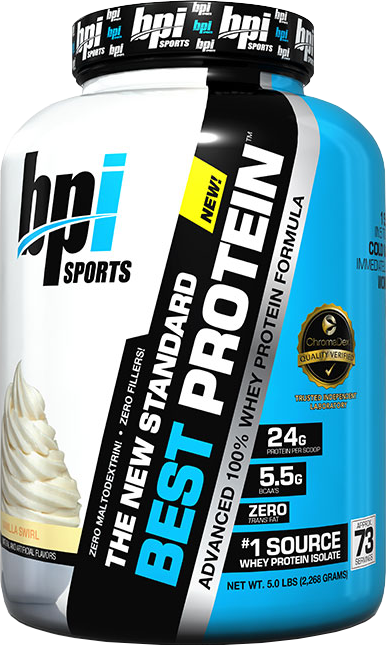
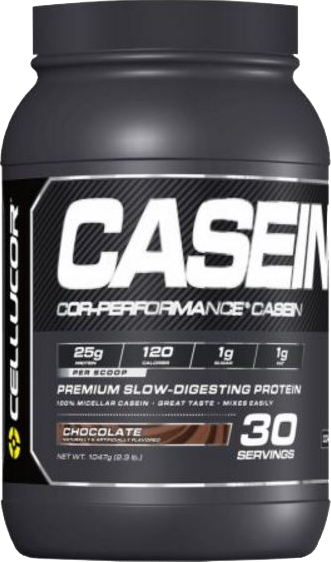
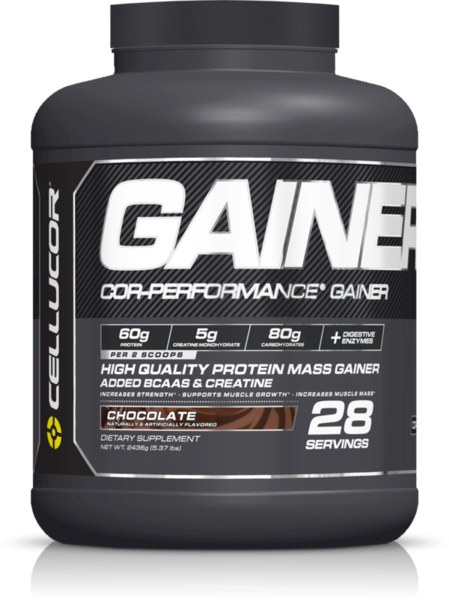
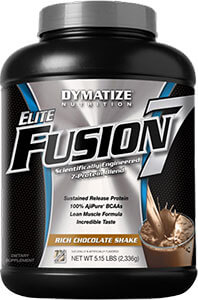
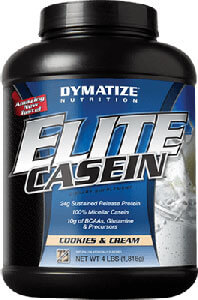
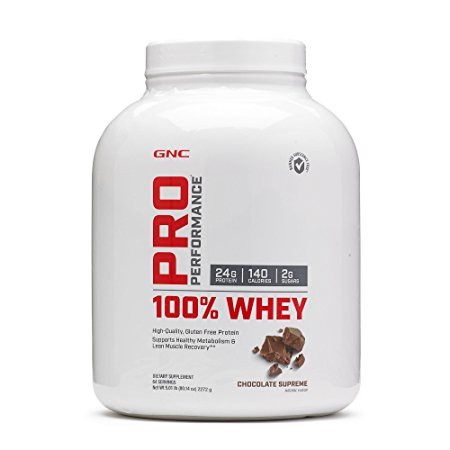
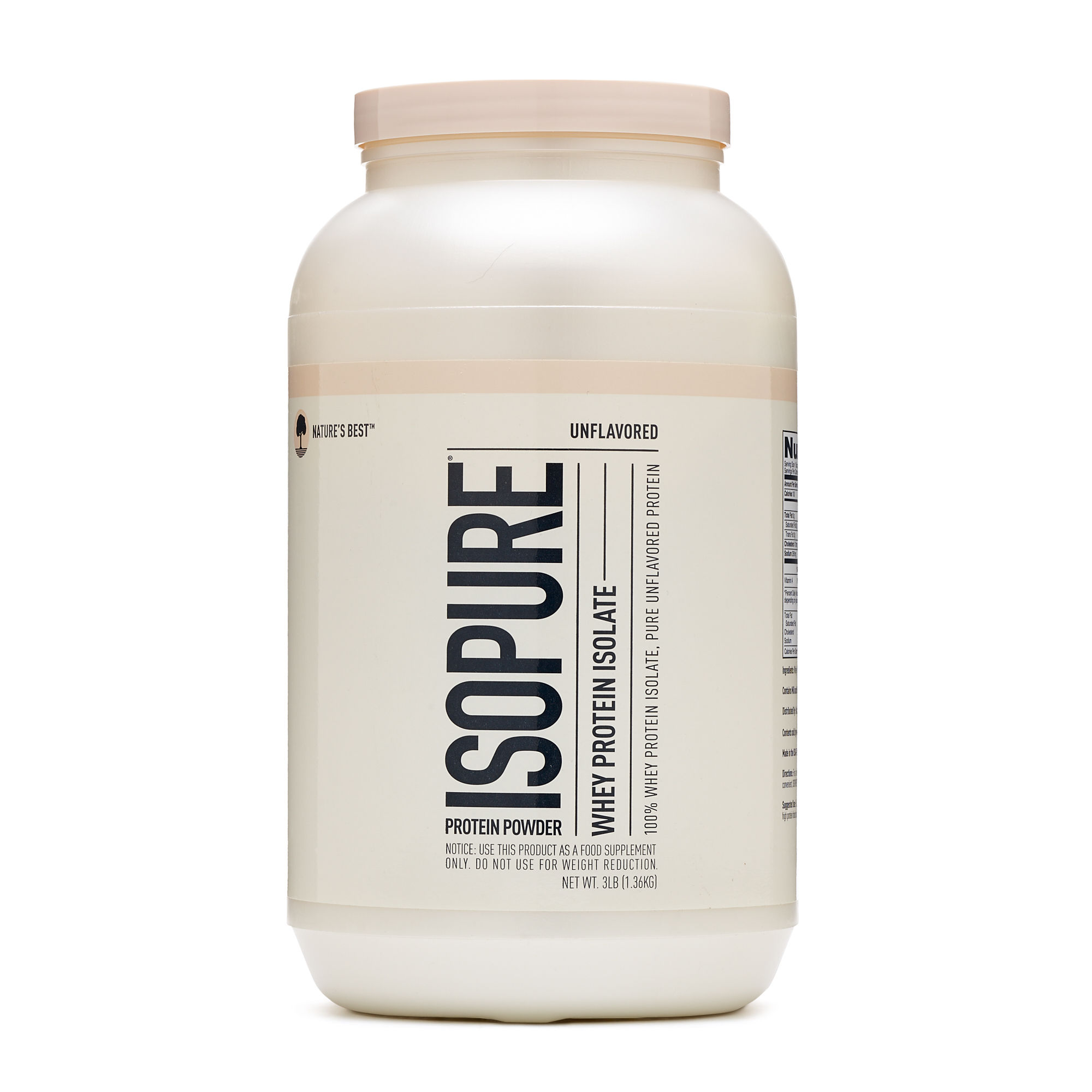
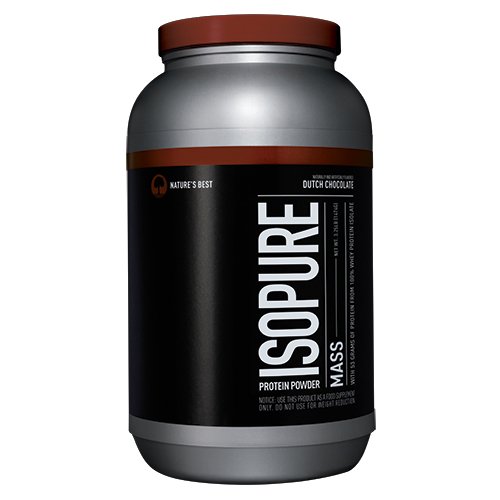
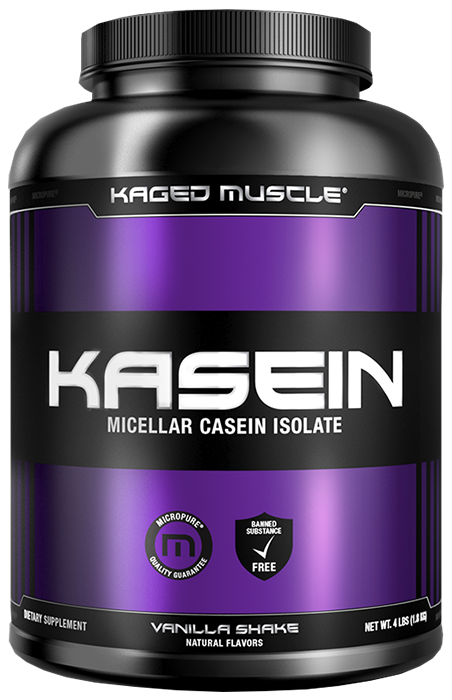
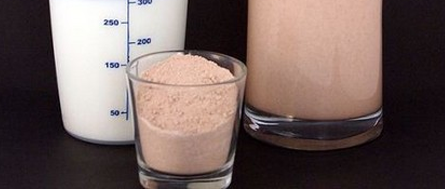
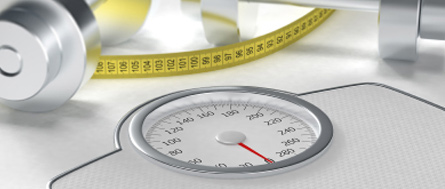
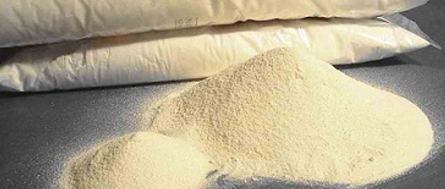
Comment
It’s sweet simple.1: Stretch right bfreoe and right after for the muscles you’re working out and use about 10- 20 seconds on each stretch.2: Eat as much protein as you can, at a time the body can absorb about 30 grams of protein, and even more after a quick(when you wake up) and after your workout. Try to keep about 2-3 hours between intakes.3: Taste lots of water.4: Sleep, sleep, and oh yeah, SLEEP! Your muscles need lots of rest, sometimes I’ll sleep for up to 16 hours, but do what you can fit into your schedule.Excellent luck, and you’ll see some sweet sweet gains from changing it up a lot, it’s very excellent for muscle confusion and barely any people take advantage of it.
May 24, 2012 at 9:35 am
Comment
Great tips mentioned. Don’t over do it when training. If a persons’ been away from regular fitness, and then tries to make up for it with a trip to the gym/other, things are going to ache/hurt.
Patience is important, a person doesn’t get out of shape overnight, and can’t expect to reverse that overnight.
Listen to your body. If it hurts while training, it’ll hurt after. And it won’t be a good hurt.
June 6, 2012 at 6:24 pm